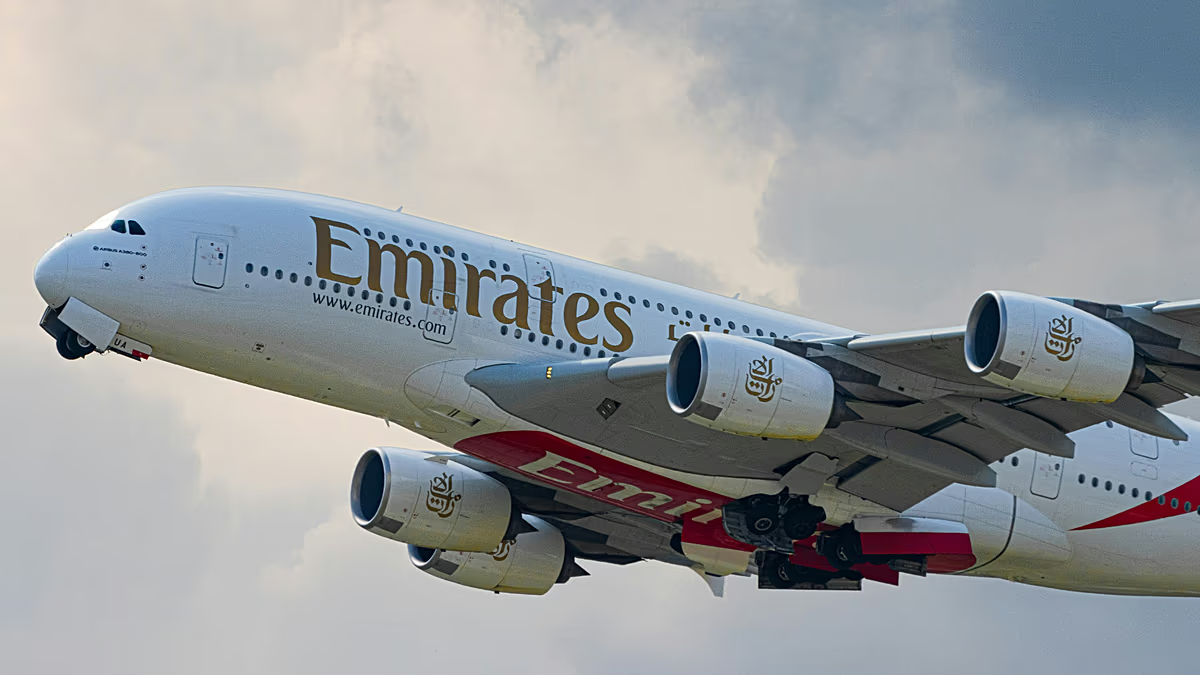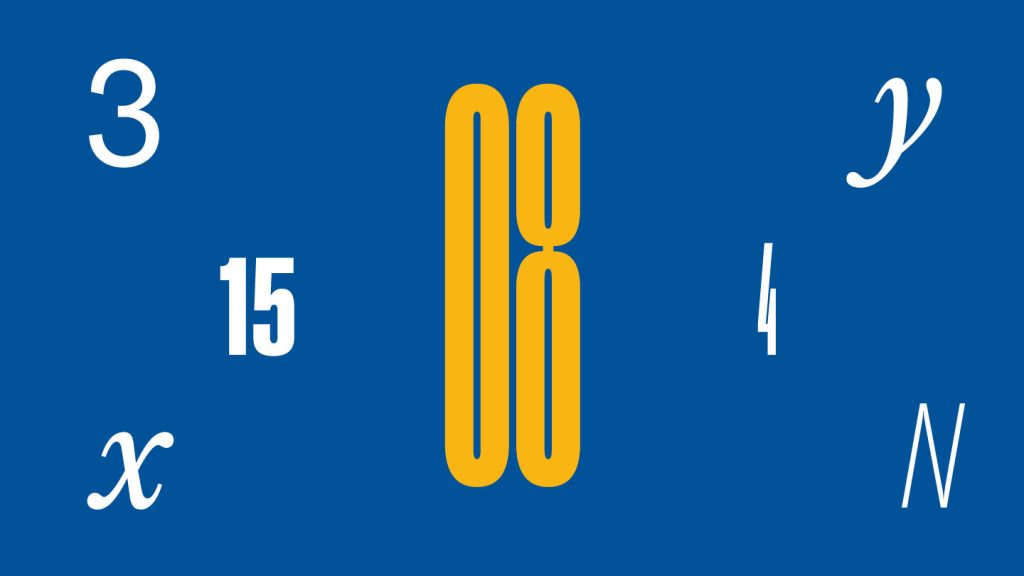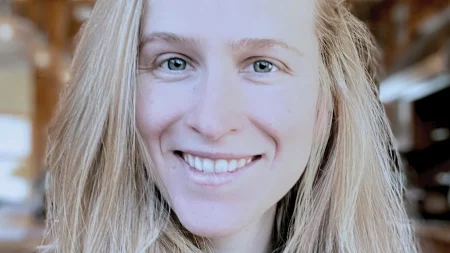Summary of the Summary Response
To address the problem of determining the expected number of people, including yourself, at the mall at the same time, we model each arrival time as a uniform random variable between 0 and 60 minutes. Using a coordinate plane, we represent your arrival time along the x-axis and your friend’s arrival time along the y-axis.
-
Two-Person Case: The area where overlap occurs (|x – y| < 15) is calculated by subtracting the areas of two triangles from the total area of the square (60×60). This results in an overlap area of 1575 and a probability of meeting of 7/16. While the probability that two people meet is 7/16, the expected maximum number at the mall for three people is approximately 2.31, with probabilities of 1, 2, and 3 meeting.
-
General Case (N People): As the number of people increases, the expected maximum number of people present at the mall approaches a value related to the logarithmic growth of overlaps. With more people, the chance of simultaneous overlaps increases, reflecting a behavior similar to the stick-breaking process in probability.
The detailed calculation for the expected maximum involves integrating the probability density function for the number of people present, accounting for all possible arrival times and their overlaps. This approach provides insights into how the expected maximum number of people meeting up to be present at the mall scales with the number of attendees.















